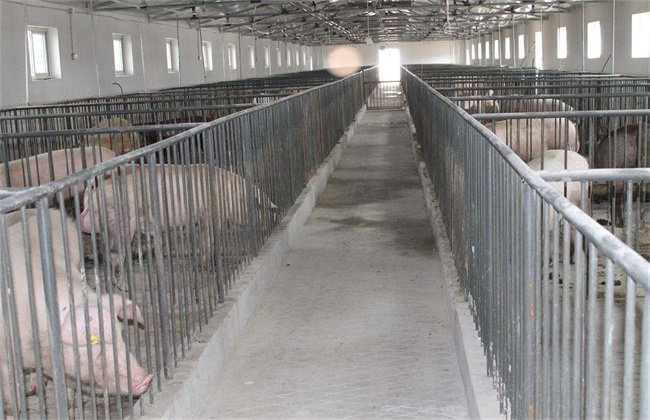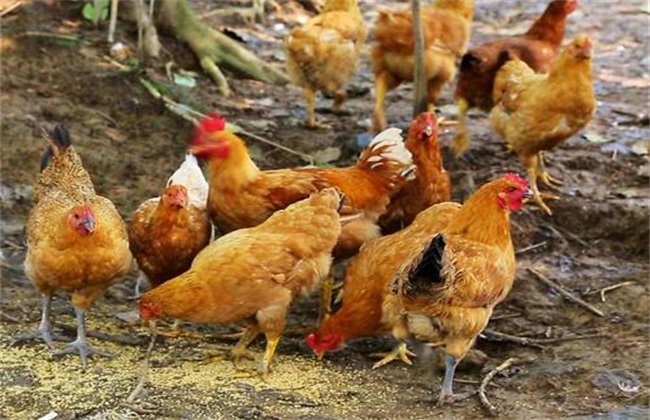Matters needing attention for raising ducks in greenhouse in winter
Duck is one of the common carnivorous birds in our life, which has a very wide breeding area in our country, and duck breeding is also one of the most important breeding projects. With the rise of growing vegetables in greenhouse, duck raising in greenhouse is also loved by farmers, not only at low cost, but also with high efficiency. As the weather gets colder and colder, raising ducks in the greenhouse in winter also needs to pay attention to a lot of problems, together with the editor to understand it.

1. Ventilation and exhaust
In order to prevent ducks from getting sick in winter, farmers do not pay much attention to ventilation, mainly to heat preservation, but this can easily lead to excessive concentration of ammonia and other harmful gases, resulting in duck poisoning, colds and other diseases. The mild ammonia poisoning affects the growth and development of ducks, and a large number of ducks die, resulting in large economic losses. Poisoning will show depression, loss of appetite, partial eyelid edema or corneal opacity, and convulsions and paralysis before death. Therefore, in carrying out the greenhouse, we must choose high-lying and dry land, keep the shed dry and ventilated, the roof can be equipped with closed skylights, and the back wall leaves vents to maintain good air circulation. When it is found that ducks are poisoned, skylights and vents should be opened in time for ventilation, and medication should be used in time when coughing and dyspnea occur.
2. Keep the duck house dry
When the duck house is too wet, bacteria and parasites will also accelerate reproduction, seriously affecting the growth and development of the duck flock, so in addition to strengthening ventilation, it is also necessary to keep the duck house dry and hygienic in winter. The cushion material on the ground should be changed every half month, and the leaky sink should be replaced or repaired in time, and it should not be too full when adding water. Duck dung should be removed in time, at the same time, the number of ground washing should be reduced, and ventilation can be carried out in time when the weather is clear, so as to reduce the concentration of harmful gases in the duck house.
3. Disinfection
Some farmers do not remove faeces and clean in time after getting out of the fence, and clean in a hurry before a new batch of ducks enter the fence, which is a very bad habit. The correct method is to clean up immediately after the duck is out of the pen, do a good job of disinfection, empty the house for about 15-20 days, and put the duck seedlings into the pen after the second disinfection. In addition, in the process of feeding, disinfection should be done well, feeding utensils should be washed and disinfected regularly, and duck beds should also be disinfected regularly.
The above is an introduction to the matters needing attention in raising ducks in the greenhouse in winter. I hope I can help you. If you want to know more about it, please follow us.
Related
- On the eggshell is a badge full of pride. British Poultry Egg Market and Consumer observation
- British study: 72% of Britons are willing to buy native eggs raised by insects
- Guidelines for friendly egg production revised the increase of space in chicken sheds can not be forced to change feathers and lay eggs.
- Risk of delay in customs clearance Australia suspends lobster exports to China
- Pig semen-the Vector of virus Transmission (4)
- Pig semen-the Vector of virus Transmission (3)
- Five common causes of difficult control of classical swine fever in clinic and their countermeasures
- Foot-and-mouth disease is the most effective way to prevent it!
- PED is the number one killer of piglets and has to be guarded against in autumn and winter.
- What is "yellow fat pig"? Have you ever heard the pig collector talk about "yellow fat pig"?



